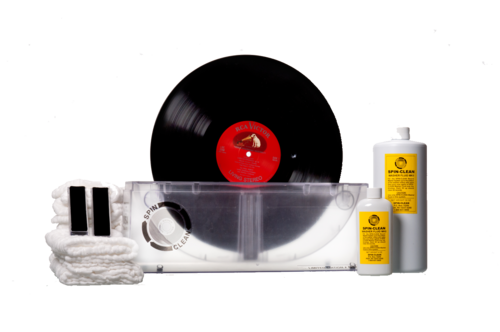steven-026
New Head-Fier
- Joined
- Nov 26, 2011
- Posts
- 46
- Likes
- 0
I think the Behringer or something like it may be more in my radar, because I already have a receiver. It's a Pioneer SX-315 and I have surround sound speakers with it.
Oh, OH, wait wait wait I'm very sorry. the Pioneer is PL-200, not PL-21.
Wow analogsurviver, you're very well informed about this turntable stuff. Sorry I misspelled your name before, surviver with an "E".You got some really golden advice there.
I won't be listening to them through speakers, but headphones instead because now is not the time yet for that. I'll be moving into a house with some friends from my university so it will be quite not so enjoyable if I turn up my speakers.
Clean and well preserved records are most definitely important, that I must agree. One of my first purchases after the turntable would be cleaning tools like the brush or liquid or whatever I need. A test record could fetch somewhere around $30 plus (RM100) here in a flea market, there is one here and they sell used and vintage goods. I saw some pictures online of that place, apparently one record seller has a whole stack of records labeled 'Audiophile'. New ones would cost some more in music stores. Quite weird as we have music stores that carry vinyl, but not much turntable sellers.
What I see in this turntable is experience. It might not be the best turntable I can get for this price, but it's a start. From here on I can start to learn about it slowly and build my experience thereon. I'll have to start scavenge for parts or records or other things, spend money on them, etc etc. It seems like something I am looking forward to.
No I don't think I will get to the level of those Greek audiophiles. I don't have a critical ear for little changes in audio quality. Most of the time I can't even differentiate between 320kbps MP3 and Flac files. Currently my setup is an Aune T1 tube amp + DAC and a Goldring DR150 headphone. Not really drooling over the HD800 or LCD2, I know they will sound better, but some part inside of me is telling me it's not worth the money and time to chase it. Yet here I am asking opinions about a turntable, which will consume my time and money. Why is that? Maybe I'm just looking for a change of experience instead of an improvement of experience.
**edit: I will go to the flea market this Saturday to look for records and probably a better deal for turntables. I would greatly appreciate it if you can throw your opinions should I provide their models for your assessment. Will include pictures of them, no worries.
OK now you've scared me. What if I set up my turntable wrong? I can watch tutorial videos and read how-to guides all day to balance my tonearm, antiskating, cartridge/stylus installation, but without experience I might get it wrong AND damage the test record the first time I play it. What if I get some records and the test record, so that I can set the TT up and then put on some normal records. After I'm satisfied knowing it will not damage my record, then I will start with the test record.
You have been clear enough. What I'm worried about now is just my inexperience in setting up the turntable.
Coming next : vinyl record cleaning.


Yeahlet's hurry up and get to the dirt! Before I spend unnecessarily. Weighing options tonight; tomorrow, before I spend more money on tubes.


I have to wash them off the releasing agent prior to playing the first time? That brings another problem into the equation. Say I buy a used record, and the previous owner had not washed it before playing once. Will it affect much on the playback? Should I be worried and ask the seller "Hey do you wash it the first time you play it?" because I've actually came across some people discussing about this and one of them said that he was never bothered to wash his records on first playback.
I've seen a video on the wet vacuum cleaner. It's like a turntable but you wet the record with some solution and the vacuum sucks the liquid off the vinyls like magic. It was so cool tho I gotta admit, but it must cost pretty steep.
What if I wash the records under running water without wiping it with any cloth or such and leave it to dry? That however could be dangerous because we sometimes see water marks on things that are air dried. Wiping the record would be dangerous as it will mess with the grooves and might even introduce more dust and fiber from the wiping cloth itself.
What if I cannot get that wet record cleaner, what other options do I have?
Also, continue with your vacuum cleaning etc.


